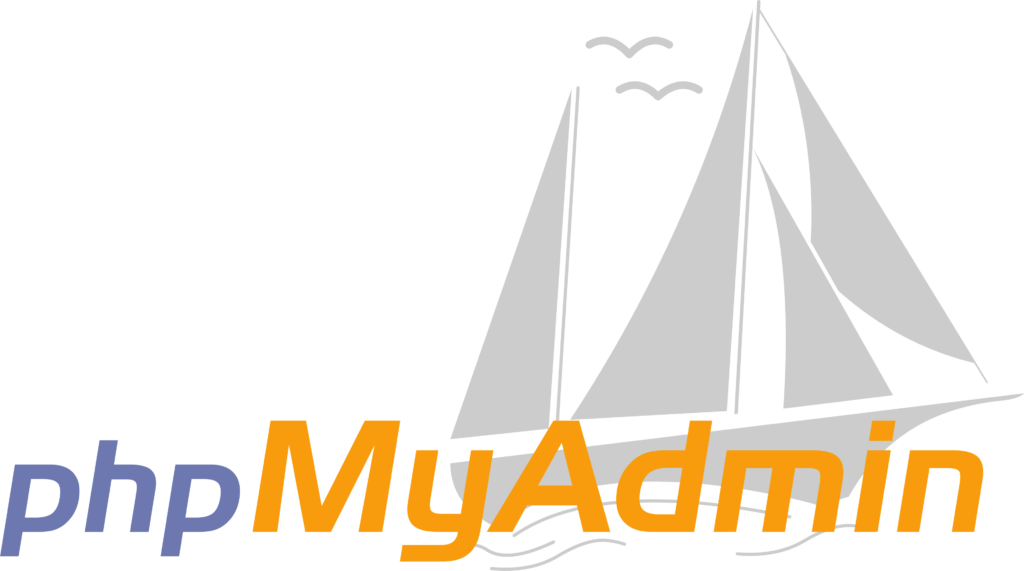For hosting PHP on your website, PHPMyAdmin might be the most important tool in your arsenal. It lets you effortlessly manage all of your databases on your server. Whether you use MySQL, MariaDB, PostgreSQL, or some other database storage mechanism, PHPMyAdmin lets you easily search, organize, import, export, and much more. PHPMyAdmin is also a great place to test out SQL queries. A built-in SQL editor lets you easily run advanced queries without having to log in to a command line session.

Getting Started With PHPMyAdmin
Here in the support center, we have everything you need to get started using PHPMyAdmin. It comes pre-installed in most accounts, but if you have a self-managed server, we’ve got you covered.
More Advanced PHPMyAdmin Tutorials
Moving on with your mastery of PHPMyAdmin, we have more tutorials that will help support you as you accomplish more demanding database tasks.
- How to Check if a Cron Job has Run (Crontab Log)
- How to Delete an AWStats Data File
- Parse archived raw access logs from cPanel
- Enable raw access log archiving for all cPanel accounts
- How to create and attach a database user in cPanel
- Bypass firewalls with cPanel proxy subdomains
- Hotlink Protection using .htaccess and cPanel methods
- Changing MX records to point to InMotion servers from third party DNS
- How to Set DNS Records for 3rd Party Services
- Complete phpList setup after Softaculous install